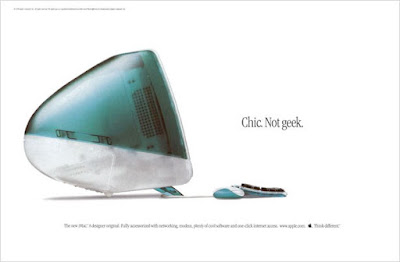The lessons
Without further ado, here are a few opinions I’ve developed up along the way:
Without further ado, here are a few opinions I’ve developed up along the way:
- Titles are 80% of the work, but you write it as the very last thing. It has to be a compelling opinion or important learning
- There’s always room for high-quality thoughts/opinions. Venn diagram of people w/ knowledge and those we can communicate is tiny
- Writing is the most scalable professional networking activity – stay home, don’t go to events/conferences, and just put ideas down
- Think of your writing on the same timescale as your career. Write on a multi-decade timeframe. This means, don’t just pub on Quora/Medium
- Focus on writing freq over anything else. Schedule it. Don’t worry about building an immediate audience. Focus on the intrinsic.
- To develop the habit, put a calendar reminder each Sunday for 2 hours. Forced myself to stare at a blank text box and put something down
- Most of my writing comes from talking/reading deciding I strongly agree or disagree. These opinions become titles. Titles become essays.
- People are often obsessed with needing to write original ideas. Forget it. You’re a journalist with a day job in the tech industry
- An email subscriber is worth 100x twitter or LinkedIn followers or whatever other stuff is out there. An email = a real channel
- I started writing while working at a VC. They asked, “Why give away ideas? That’s your edge.” Ironic that VCs blog/tweet all day now ;)
- Publishing ideas, learnings, opinions, for years & years is a great way to give. And you’ll figure out how to capture value later
So, maybe it is time to think about re-start. Maybe…







